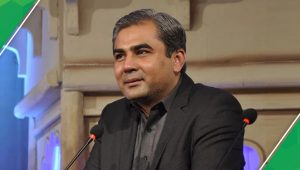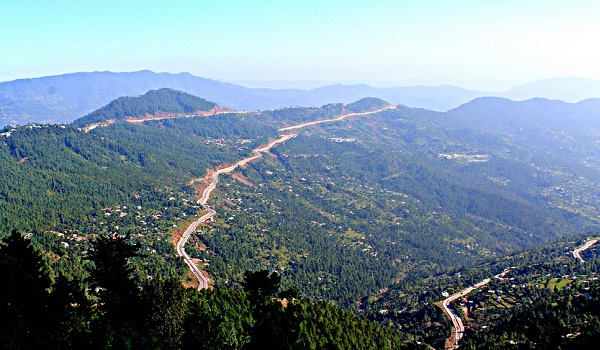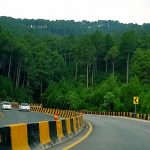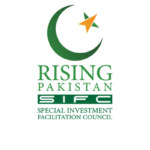Abu Dhabi: Abu Dhabi was set to avoid the pitfalls suffered by its Gulf neighbours with a decades-long plan to replace oil revenue with industry and tourism as drivers of growth. Now those plans need to be scaled back as companies behind some of the biggest developments cut jobs and push back projects, said Gassan Chehayeb, associate director of research at Dubai-based Exotix. Delays include beach-front apartments and branches of the Louvre and Guggenheim museums. “Abu Dhabi has to face the economic realities,” Chehayeb said. “They’re realising that many of those projects might not make as much economic sense as they initially thought,” he added.
Abu Dhabi, the holder of 7 per cent of the world’s oil reserves, plans to invest $500 billion (Dh1.83 trillion) in industry, tourism and culture to increase non-oil revenue to 64 per cent of the economy from 41 per cent from 2005 to 2007. In Dubai, property speculation drove up prices and spurred development until the global credit crunch in 2008. The Abu Dhabi government hasn’t announced any changes to the development blueprint, called Vision 2030, since it was first published in 2008.
Workforce cut.
The emirate’s Urban Planning Council wouldn’t say whether the plan was on track when contacted by Bloomberg. Aldar Properties, Abu Dhabi’s biggest developer, plans to cut its workforce as it focuses on existing projects and properties that generate steady income, the company said last week. The government-owned Tourism Development and Investment Co (TDIC) said last month that it would delay the Zayed National Museum’s completion as well as the Louvre and Guggenheim branches due to the ‘magnitude of work.’
TDIC, which also develops hotels, cut its 2011 budget by 28 per cent to $3.6 billion, according the prospectus for a $3 billion bond sale in July. The sale was postponed. Masdar, the $22 billion state-owned renewable energy company, shelved plans for a 1.1 million square foot headquarters building that would produce more energy than it uses, it said in September. A year earlier, the company scaled back the zero-carbon ambition for its purpose-built city and delayed the city’s first phase by two years to 2015.
While Dubai took a more high-profile approach to its growth, constructing the world’s tallest building and palm tree-shaped islands, Abu Dhabi developed beaches and seaside promenades. Both markets have been hurt by a drop in private investment in the region that has persisted since the global economic slump. For Abu Dhabi, that meant the state taking on a bigger share of development financing. “When these projects were announced and the government-related entities established, the government was told that most of the funding could be raised privately,” said Mohammad Ali Yasin, chief investment officer at Abu Dhabi-based CapM Investment.
After succeeding up to 2009, the companies failed to raise additional money and the state had to step in, he said. The Abu Dhabi Securities Market Real Estate index has dropped 47 per cent this year, while the Dubai Financial Market Real Estate and Construction Index has slumped 22 per cent. Planning Council member Michael White said last year that Vision 2030 was on target overall, though there would be ‘more tempered economic growth’ and slower population growth. The plan estimates a population of three million in 2030. It was 1.6 million in mid-2010, according to government statistics.
Economy: New horizons
7% – Abu Dhabi’s share of global oil reserves
64% – non-oil revenue’s planned share in the economy.








